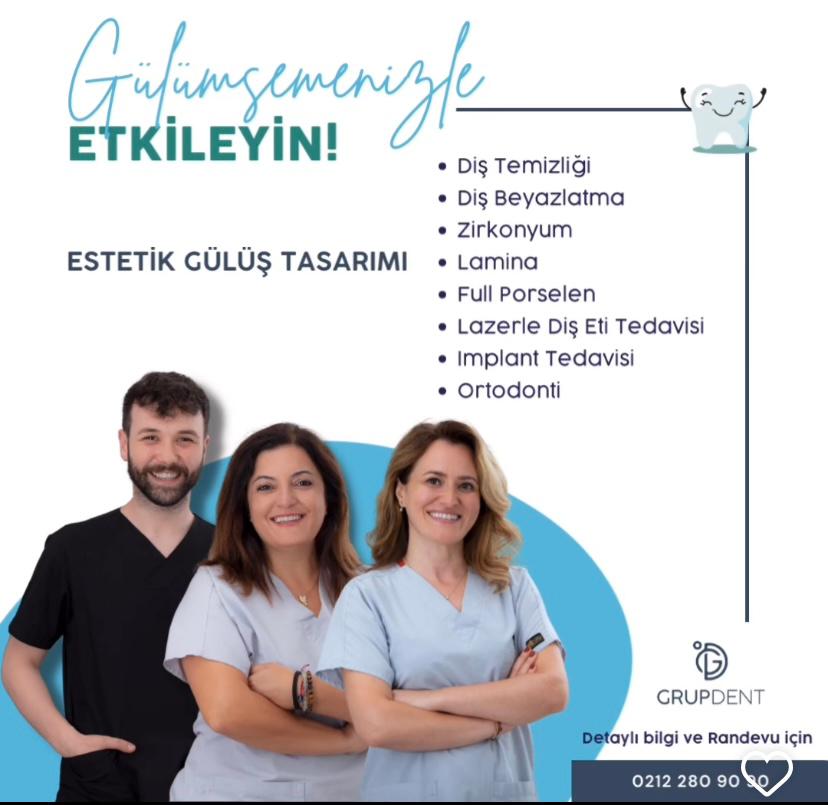
I am a Specialist Dietitian Esra Toktay and also a functional medicine dietitian. My aim in my profession, which I have loved for 19 years, is to be a light for people on their path to a healthy life. I live in Florida America and continue my work by meeting online with my clients living in many countries. I started writing on Arttmodernmiami and my first article is about intermittent fasting.
Obesity and metabolic syndrome are a growing problem all across the globe, and hence there has been an increasing focus among the medical community to come up with innovative therapies to counter their pathophysiological effects.
Intermittent fasting has become an increasingly popular strategy for losing weight and associated reduction in obesity-related medical complications.
Intermittent fasting is not a diet program it is an eating plan that switches between fasting and eating on a regular schedule, the program is all about when you eat.
Fasting is known to be one of the most ancient traditions in the world and has been practiced among various communities for either cultural or religious reasons. Interestingly, it has also been used as a healing method for diseases. Hippocrates, who is considered the father of modern medicine once wrote, “To eat when you are sick, is to feed your illness”. The ancient Greeks believed that fasting improves cognitive abilities. Plutarch, an ancient Greek writer wrote, “Instead of using the medicine, better fast today”. Other intellectual figures were also strong proponents of fasting. Philip Paracelsus, the founder of toxicology and one of three fathers of modern Western medicine (along with Hippocrates and Galen) wrote, “Fasting is the greatest remedy—the physician within”. Benjamin Franklin (1706–1790), a founding father of the United States wrote of fasting, “The best of all medicines is resting and fasting”. Finally, fasting is widely practiced for spiritual purposes and remains a part of virtually every major religion.
There are several different models of intermittent fasting, the most popular are;
Alternate day fasting; consists of eating days (eating normally or consuming 125 to 150 percent of the calories required for a regular diet) and fasting days (fasting for 24 hours or limiting energy intake to 25 percent or less), which do not restrict overall calorie intake but only change the frequency of eating.
Time-restricted fasting; allows energy intake freely within a controlled period (usually 3-12 h per day). 16 h fasting, 8 heating model is generally used.
Islamic fasting; Muslims fast from sunrise to sunset during the month of Ramadan, the 9th lunar month. The duration of fasting varies from 13 to 18 h/day. Fasting includes avoidance of drinking liquids and eating foods.

Studies on intermittent fasting have shown many benefits for holistic health.
- Eating fewer meals causes a decrease in calorie intake and ensures weight loss.
- Greater loss is observed in body fat mass than in lean body mass. This ensures the maintenance of the basal metabolic rate and the continuity of many metabolic events.
- Especially feeding early in the day, supports the regulation of circadian rhythm and indirectly prevents the occurrence of obesity, cardiac diseases, diabetes, and sleep disorders.
- Decreased insulin secretion causes increased insulin sensitivity and improvements in blood sugar levels. It supports diabetes treatment.
- It lowers LDL cholesterol, regulates blood pressure, and prevents the formation of atherosclerotic plaques.
- It reduces oxidative stress, reduces chronic inflammation in the body, and strengthens the immune system.
- Improves intestinal microbiota.
- It supports the self-renewal mechanisms of the stem cell and activates tissue regeneration.
Who may not be suitable for intermittent fasting?
• Under 12 years old children
• Pregnant and breastfeeding women
• People diagnosed with eating disorders
• People diagnosed with Tip 1 diabetes or having hypoglycemia issues
• Adults of advanced age
• Individuals with immune deficiencies, including those with a history of solid organ transplant with subsequent medical immunosuppression

Intermittent Fasting Side Effects and Possible Risks
Hypoglycemia appears to be the most onerous side effect of intermittent fasting.
Insufficient energy, protein, and vitamin-mineral intake resulting in macro and micronutrient deficiencies can be observed. Individuals, especially protein as a result of not being conscious about their consumption may be a risk of protein deficiency.
Insufficient energy intake may cause dizziness, falling, weakness, and nausea.
It is reported that more long-term human studies are needed to fully prove the benefits of the intermittent fasting method.
I have been recommending the intermittent fasting method to most of my clients for the last 6-7 years. My observation is that my clients can survive this method much more easily. I can observe the most effective effect on my clients on weight loss, reduction of fat, and balancing of blood sugar. They become healthier and more energetic because their circadian rhythms are regulated. If you have any questions you can mail me or text me from my Instagram account.
Esra Toktay
Nutritionist
Mail: dytesratoktay@gmail.com
Instagram account: @uzmandiyetisyenesratoktay
https://www.ncbi.nlm.nih.gov/pmc/articles/PMC8932957/
https://pubmed.ncbi.nlm.nih.gov/33017844/
https://dergipark.org.tr/en/download/article-file/2830115
https://www.ncbi.nlm.nih.gov/pmc/articles/PMC10005873/
https://pubmed.ncbi.nlm.nih.gov/20424438/
https://www.ncbi.nlm.nih.gov/pmc/articles/PMC8839325/


